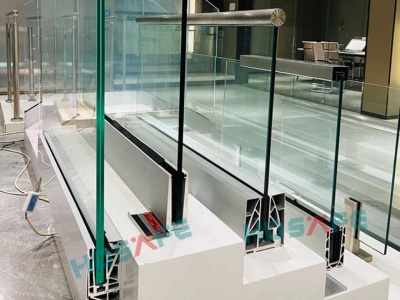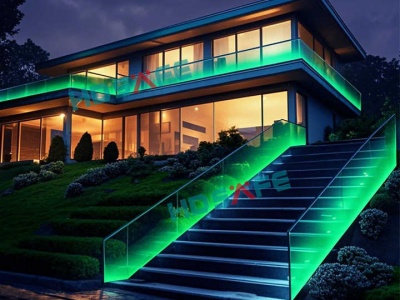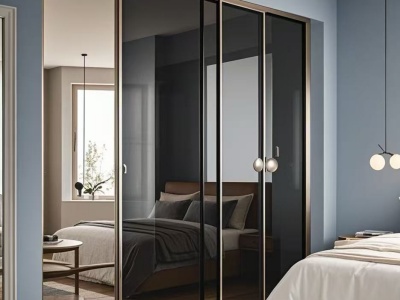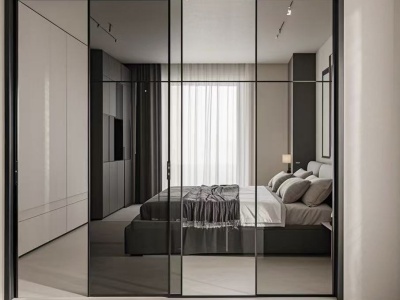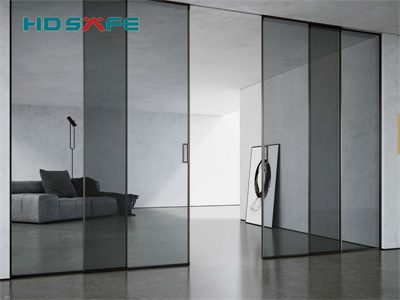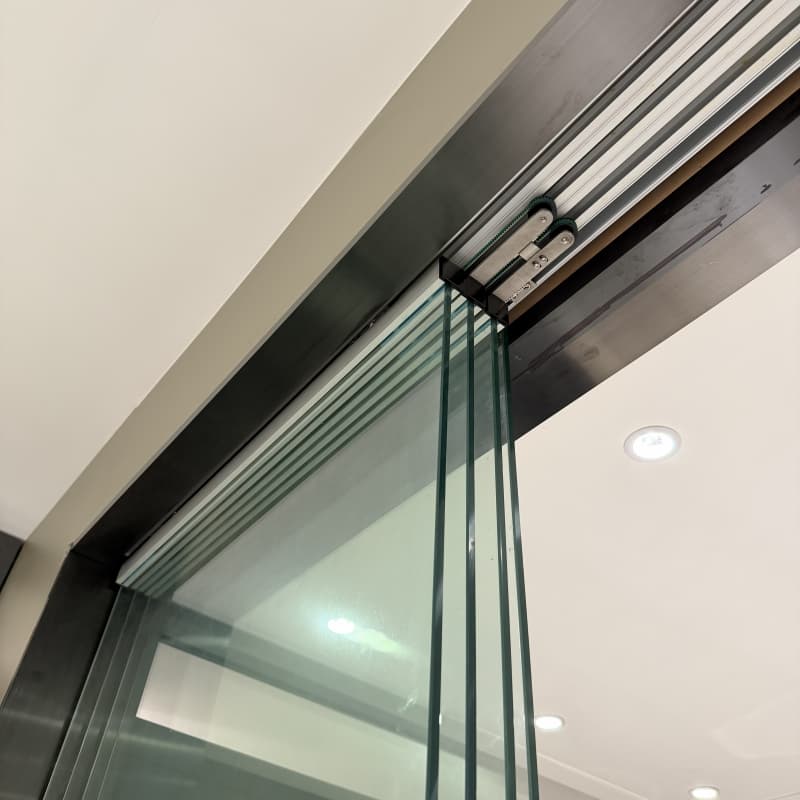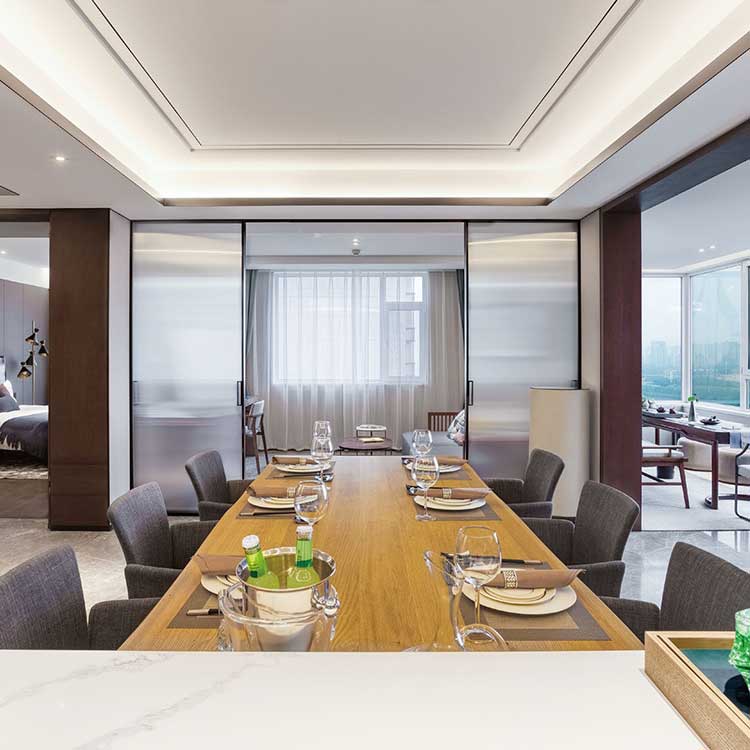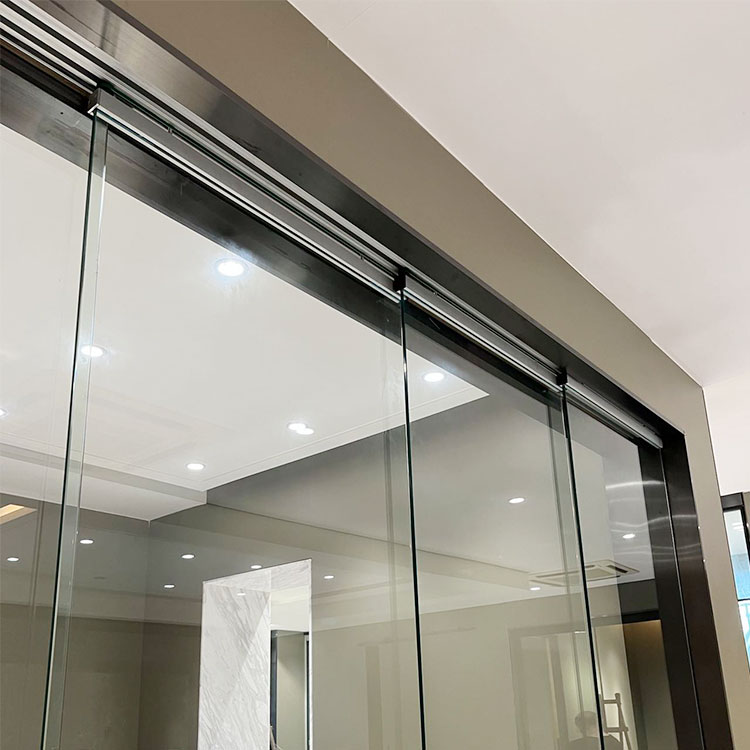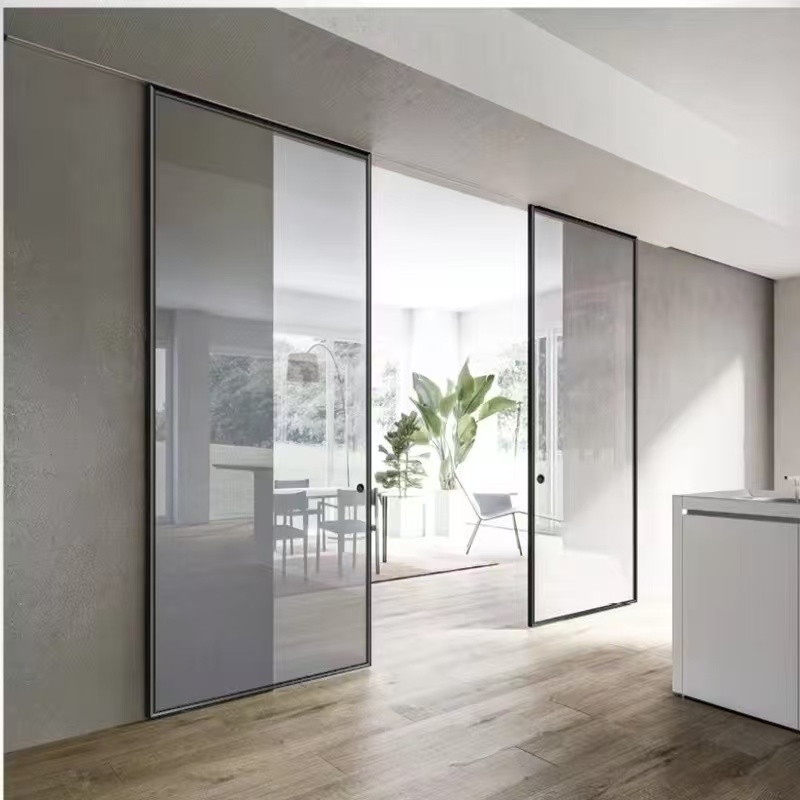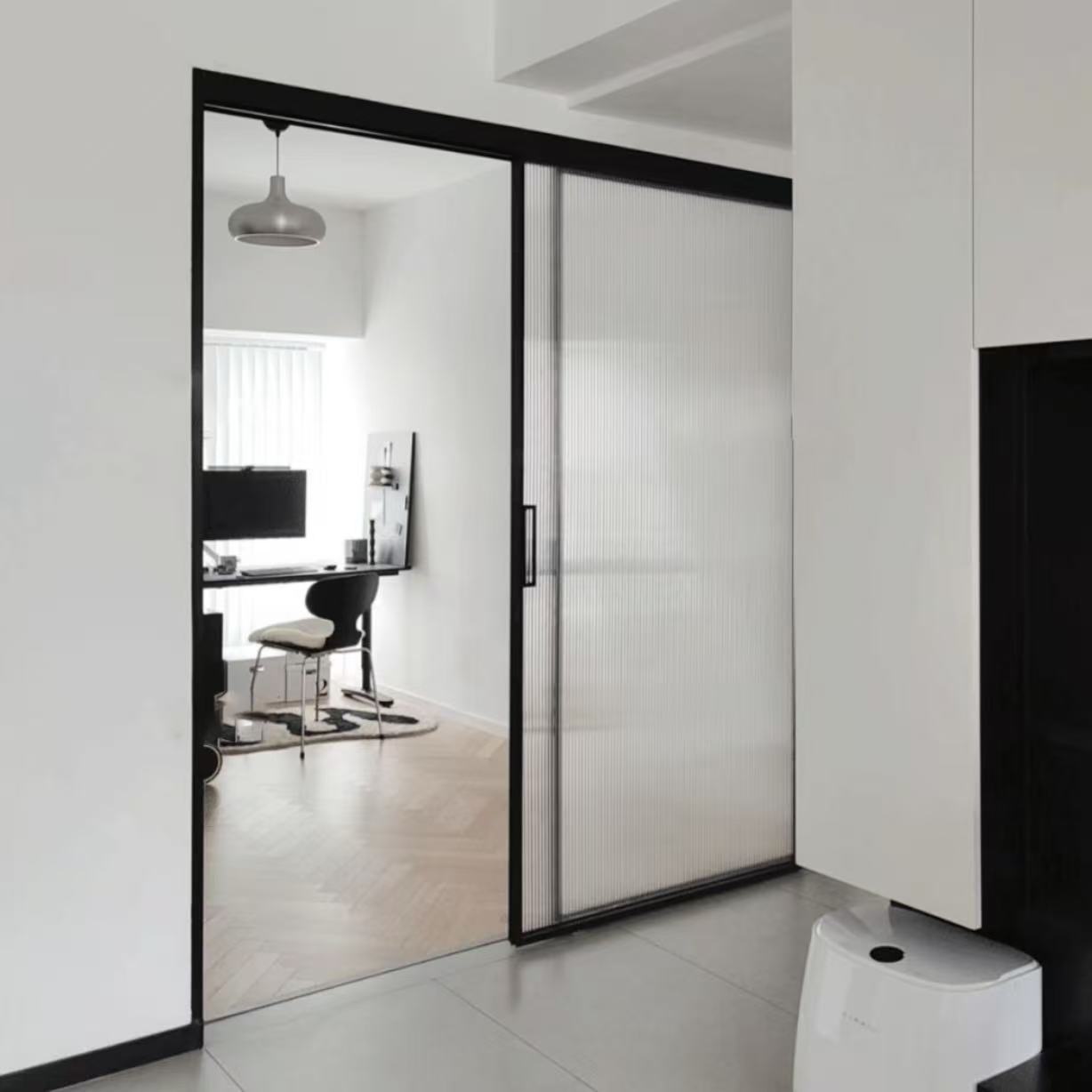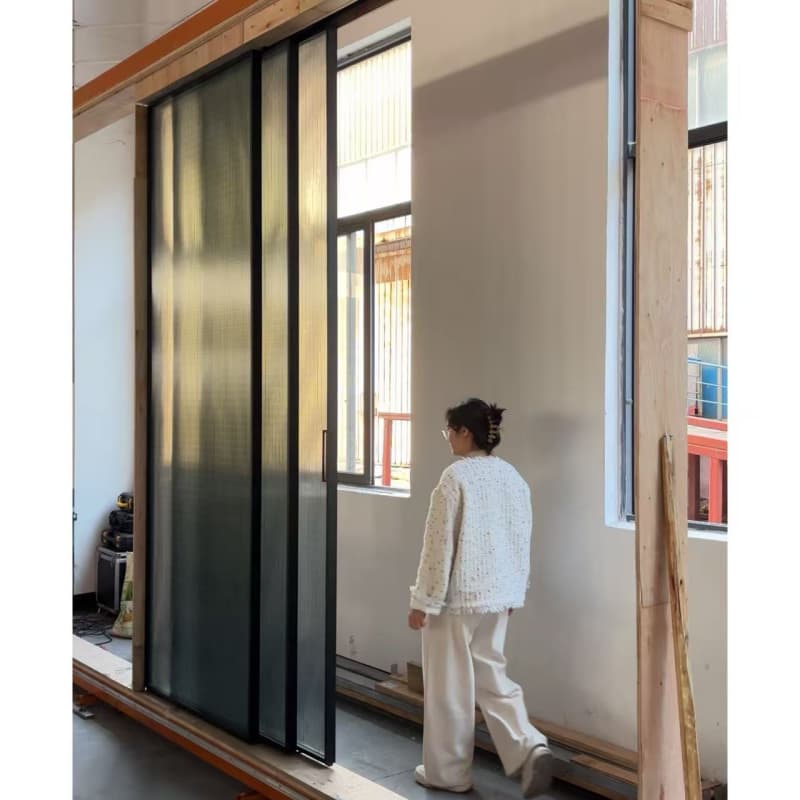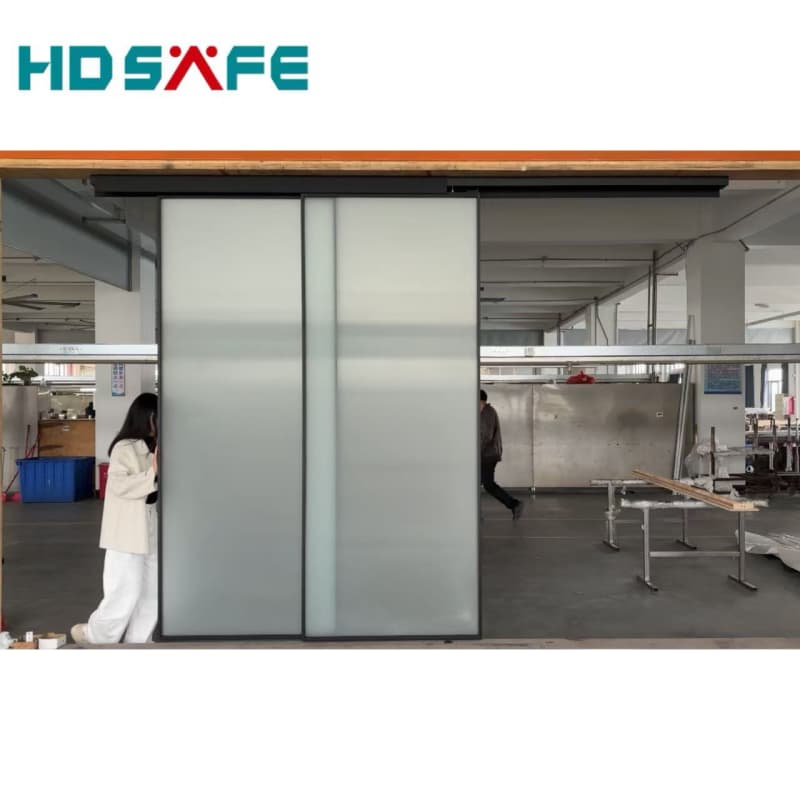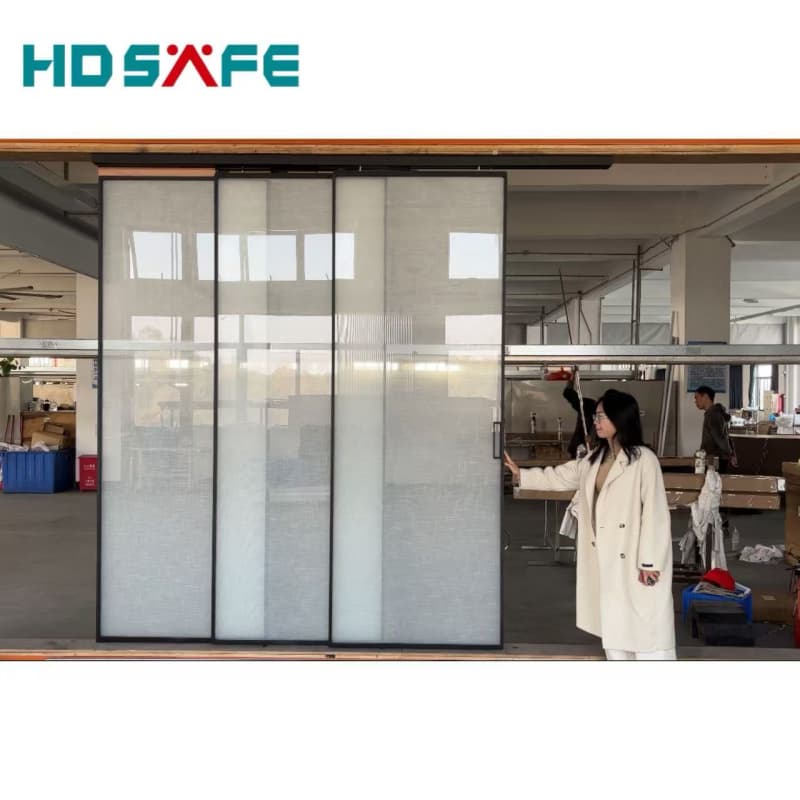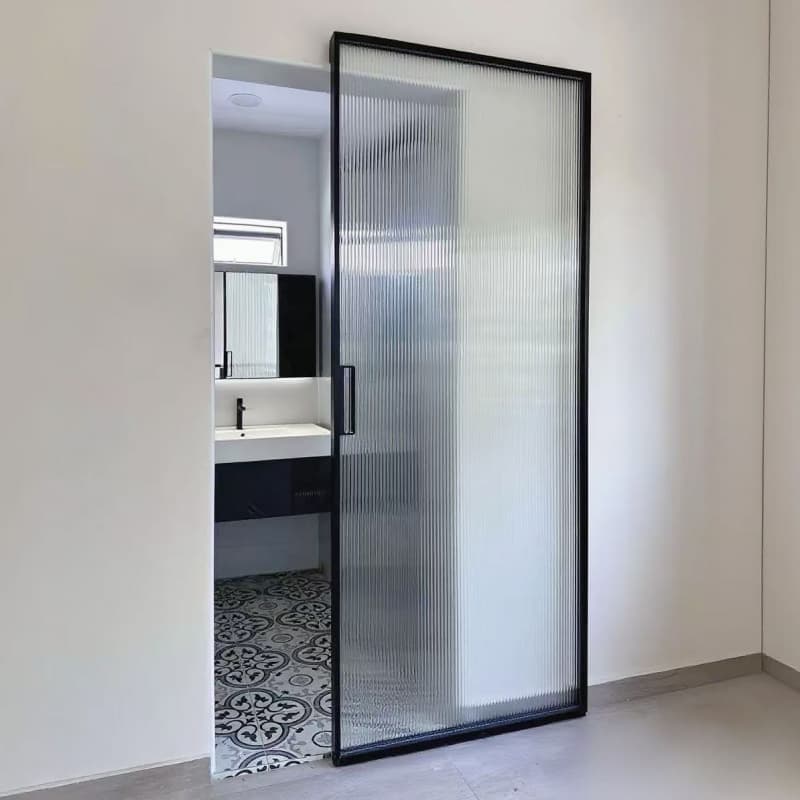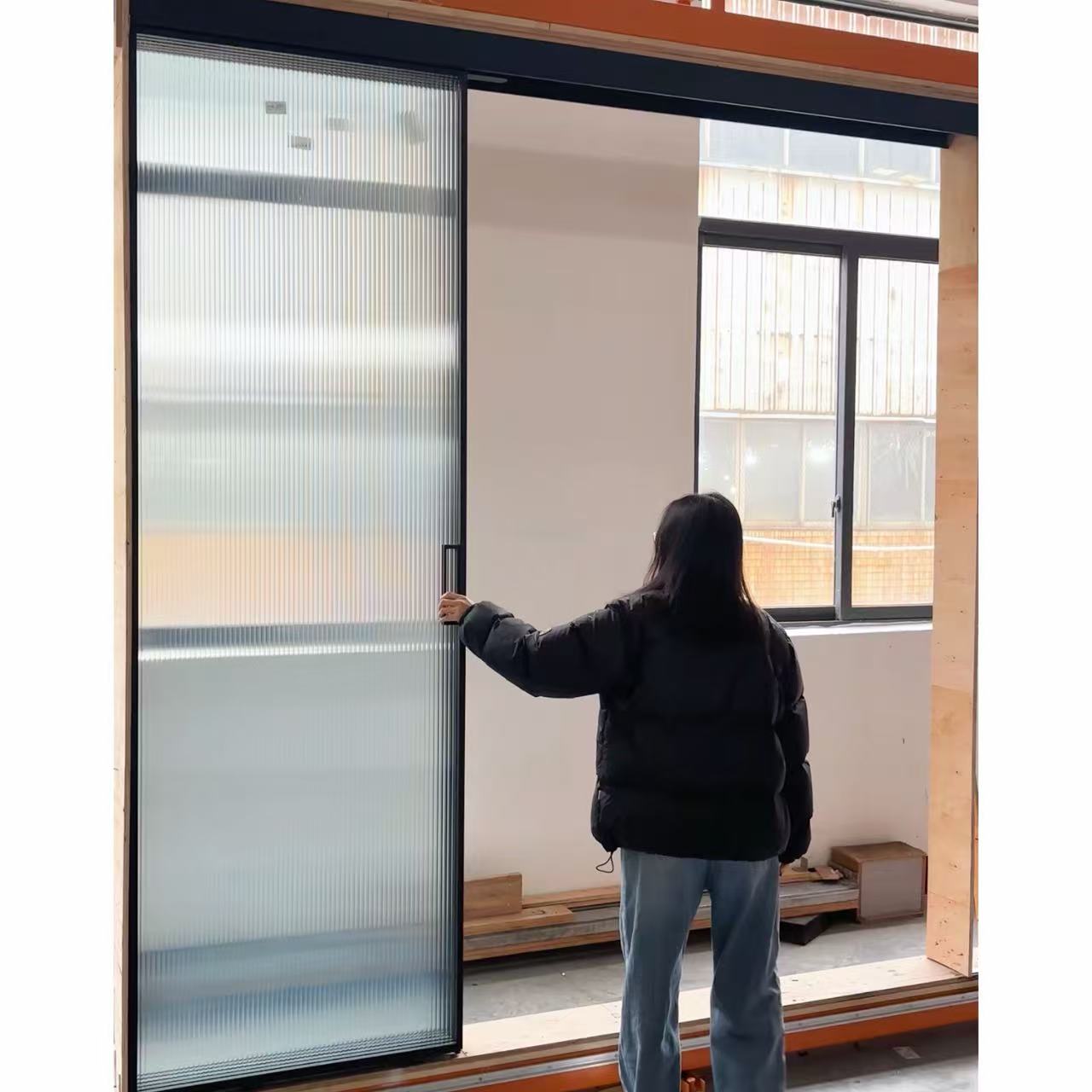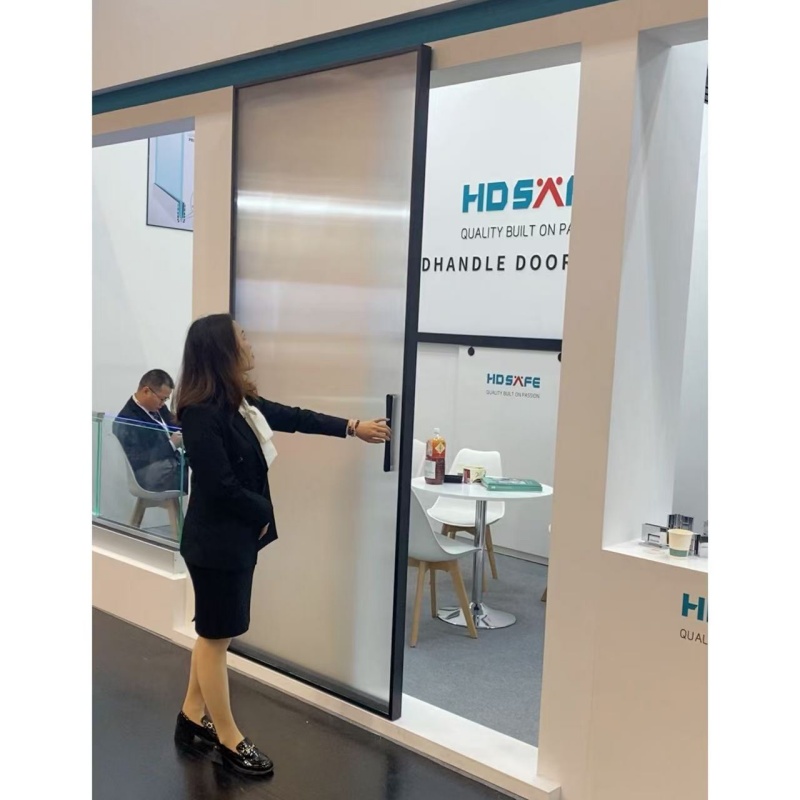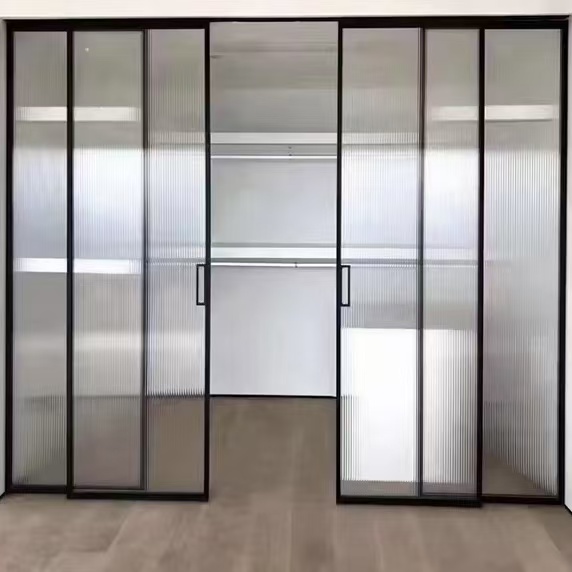Comprehensive Guide to Sliding Door Materials: A Detailed Materials List for Modern Homes
Sliding doors have become a staple in modern architecture, offering space-saving solutions, aesthetic appeal, and functional versatility. Whether used for interior partitions, closets, or as entryways to patios and balconies, sliding doors require careful selection of materials to ensure durability, performance, and visual harmony with the surrounding design. This article provides an in-depth materials list for sliding doors, covering frame materials, glass options, hardware components, and finishing touches. By understanding the properties and applications of each material, homeowners and designers can make informed decisions to achieve the desired balance of functionality and style.
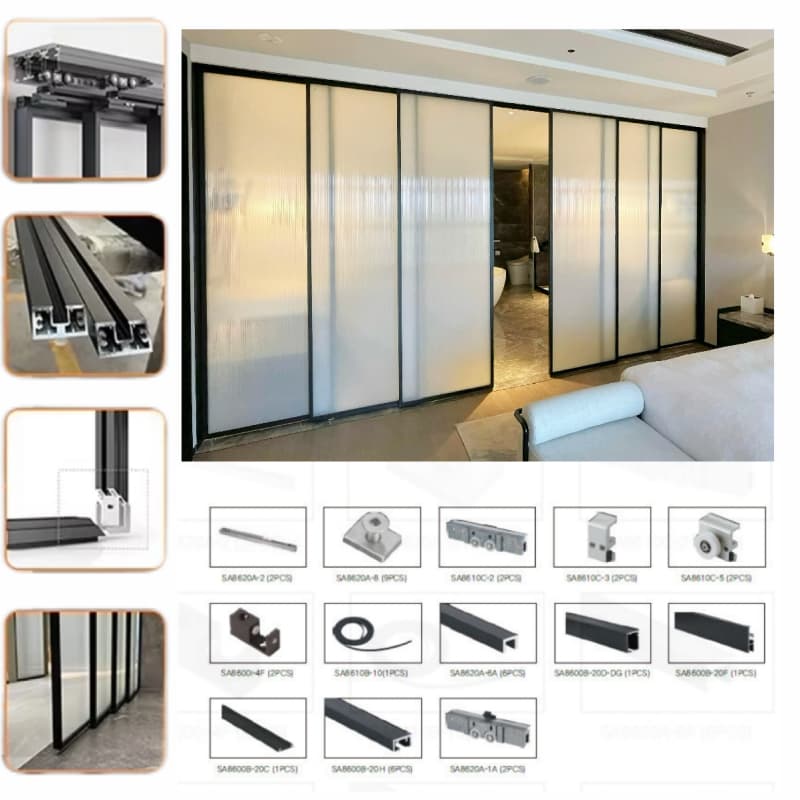
1. Frame Materials: The Structural Backbone of Sliding Doors
The frame is the structural foundation of any sliding door, determining its strength, durability, and resistance to environmental factors. The choice of frame material significantly impacts the door's performance, maintenance requirements, and overall lifespan. Below are the most common frame materials used in sliding doors, along with their pros and cons.
1.1 Aluminum Frames
Aluminum is one of the most popular materials for sliding door frames due to its lightweight nature, corrosion resistance, and sleek appearance. It is particularly favored for modern and contemporary designs.
Advantages:
- Lightweight: Aluminum frames are easy to handle and install, reducing labor costs.
- Corrosion Resistance: Unlike steel, aluminum does not rust, making it ideal for humid or coastal environments.
- Low Maintenance: Aluminum frames require minimal upkeep, as they do not warp, crack, or fade over time.
- Design Flexibility: Aluminum can be extruded into slim profiles, allowing for larger glass panels and unobstructed views.
Disadvantages:
- Thermal Conductivity: Aluminum is a good conductor of heat, which can lead to energy inefficiency if not properly insulated. Thermally broken aluminum frames address this issue by incorporating a plastic insulator between the inner and outer aluminum sections.
- Cost: High-quality aluminum frames can be more expensive than other materials, though their durability often justifies the investment.
1.2 Wood Frames
Wooden frames exude warmth and natural beauty, making them a timeless choice for traditional and rustic interiors. They are available in various species, such as oak, pine, mahogany, and cedar, each offering unique grain patterns and durability.
Advantages:
- Aesthetic Appeal: Wood frames add a classic, elegant touch to any space, complementing both modern and traditional decor.
- Insulation Properties: Wood has natural insulating properties, helping to regulate indoor temperatures and reduce energy costs.
- Customizability: Wood can be stained, painted, or carved to match specific design requirements.
Disadvantages:
- Maintenance: Wooden frames require regular sealing, staining, or painting to protect against moisture, pests, and warping.
- Cost: High-quality hardwood frames can be expensive, and the need for ongoing maintenance adds to the long-term cost.
- Environmental Impact: Unsustainable logging practices can harm the environment, so it's important to choose certified sustainable wood sources.
1.3 Vinyl (PVC) Frames
Vinyl frames are a cost-effective and low-maintenance alternative to aluminum and wood. They are made from polyvinyl chloride (PVC), a synthetic material known for its durability and insulation properties.
Advantages:
- Affordability: Vinyl frames are generally less expensive than aluminum or wood, making them a budget-friendly option.
- Energy Efficiency: Vinyl has excellent insulating properties, helping to reduce heat transfer and improve energy efficiency.
- Low Maintenance: Vinyl frames do not require painting or sealing and are resistant to moisture, rot, and pests.
Disadvantages:
- Limited Design Options: Vinyl frames are less versatile in terms of customization compared to wood or aluminum.
- Durability Concerns: While vinyl is durable, it may become brittle in extreme cold temperatures, potentially leading to cracking.
1.4 Steel Frames
Steel frames are less common in residential sliding doors but are occasionally used in industrial or commercial settings due to their strength and security features.
Advantages:
- Strength and Security: Steel frames are incredibly strong, providing enhanced security and the ability to support heavy glass panels.
- Durability: Steel is resistant to warping, rot, and pests, making it a long-lasting option.
Disadvantages:
- Weight: Steel frames are heavy, requiring robust support structures and potentially increasing installation costs.
- Corrosion Risk: Without proper coating, steel is prone to rust, especially in humid or coastal environments.
- Cost: Steel frames are more expensive than aluminum or vinyl, and their weight can increase transportation and installation expenses.
2. Glass Options: Balancing Transparency and Performance
Glass is a critical component of sliding doors, as it determines the level of natural light, privacy, and energy efficiency. The choice of glass depends on the door's location, climate, and intended use. Below are the most common glass types used in sliding doors.
2.1 Tempered Glass
Tempered glass is heat-treated to increase its strength and safety. If broken, it shatters into small, blunt pieces rather than sharp shards, making it a safer option for homes with children or pets.
Advantages:
- Safety: Tempered glass is less likely to cause injury if broken.
- Strength: It is four to five times stronger than annealed glass, making it resistant to impacts and thermal stress.
Disadvantages:
- Cost: Tempered glass is more expensive than standard glass due to the additional manufacturing process.
2.2 Laminated Glass
Laminated glass consists of two or more layers of glass bonded together with a plastic interlayer. If broken, the interlayer holds the glass fragments in place, preventing shattering.
Advantages:
- Safety and Security: Laminated glass provides excellent protection against break-ins and accidents, as it remains intact even when shattered.
- Noise Reduction: The interlayer helps to dampen sound, making laminated glass a good choice for noisy environments.
Disadvantages:
- Cost: Laminated glass is more expensive than tempered or annealed glass.
2.3 Low-Emissivity (Low-E) Glass
Low-E glass is coated with a thin layer of metal oxide that reflects infrared and ultraviolet light while allowing visible light to pass through. This coating improves energy efficiency by reducing heat transfer.
Advantages:
- Energy Efficiency: Low-E glass helps to maintain indoor temperatures, reducing heating and cooling costs.
- UV Protection: The coating blocks harmful UV rays, protecting furniture and flooring from fading.
Disadvantages:
- Cost: Low-E glass is more expensive than standard glass, though the energy savings can offset the initial investment.
2.4 Frosted or Tinted Glass
Frosted or tinted glass provides privacy while still allowing light to enter the space. Frosted glass is achieved by sandblasting or acid-etching the surface, while tinted glass is manufactured with color additives.
Advantages:
- Privacy: Frosted or tinted glass obscures visibility, making it ideal for bathrooms, bedrooms, or entryways.
- Aesthetic Appeal: Tinted glass can enhance the visual appeal of a space, adding a touch of color or sophistication.
Disadvantages:
- Reduced Visibility: Frosted or tinted glass limits the amount of visible light, which may not be suitable for all applications.
3. Hardware Components: Ensuring Smooth Operation
The hardware used in sliding doors plays a crucial role in their functionality and longevity. High-quality hardware ensures smooth operation, reduces wear and tear, and enhances the door's overall performance.
3.1 Tracks and Rollers
The track is the pathway along which the door slides, while the rollers are the wheels that facilitate movement.
Materials:
- Steel: Durable and strong, steel tracks and rollers are suitable for heavy doors.
- Nylon: Lightweight and low-maintenance, nylon is a cost-effective option for lighter doors.
Considerations:
- Load Capacity: Ensure the tracks and rollers can support the weight of the door.
- Maintenance: Nylon rollers require less maintenance than steel, as they are less prone to rust and corrosion.
3.2 Handles and Locks
Handles and locks provide both functionality and aesthetic appeal. They should be ergonomic, durable, and compatible with the door's design.
Materials:
- Stainless Steel: Resistant to rust and corrosion, stainless steel is a popular choice for handles and locks.
- Brass: Offers a classic, elegant look but requires regular maintenance to prevent tarnishing.
Considerations:
- Security: Choose locks with high-security features, such as deadbolts or multi-point locking systems.
- Ergonomics: Handles should be comfortable to grip and easy to operate.
3.3 Hinges and Pivot Systems
While most sliding doors use rollers, some designs incorporate hinges or pivot systems for a unique aesthetic or functional advantage.
Materials:
- Stainless Steel: Durable and corrosion-resistant, stainless steel is ideal for hinges and pivot systems.
- Brass: Offers a traditional look but requires regular maintenance.
Considerations:
- Weight Capacity: Ensure the hinges or pivot system can support the door's weight.
- Aesthetics: Choose a design that complements the door's overall style.
4. Finishing Touches: Seals, Weatherstripping, and Accessories
The final touches of a sliding door include seals, weatherstripping, and accessories that enhance its performance, energy efficiency, and appearance.
4.1 Seals and Weatherstripping
Seals and weatherstripping prevent air and water infiltration, improving energy efficiency and protecting the door from damage.
Materials:
- Rubber: Flexible and durable, rubber seals are effective at blocking drafts and moisture.
- PVC: Lightweight and cost-effective, PVC weatherstripping is easy to install and replace.
Considerations:
- Durability: Choose materials that can withstand frequent use and exposure to the elements.
- Ease of Installation: Some seals and weatherstripping products are designed for easy DIY installation.
4.2 Thresholds
Thresholds provide a smooth transition between the door and the floor, preventing tripping hazards and improving energy efficiency.
Materials:
- Aluminum: Durable and corrosion-resistant, aluminum thresholds are suitable for both indoor and outdoor use.
- Wood: Offers a natural look but requires regular maintenance to prevent warping and rot.
Considerations:
- Height: Ensure the threshold is low enough to allow easy passage, especially for individuals with mobility issues.
- Sealing: Choose thresholds with integrated seals or weatherstripping for enhanced performance.
4.3 Accessories
Accessories such as door stops, bumpers, and decorative trims can enhance the functionality and appearance of sliding doors.
Materials:
- Rubber: Soft and durable, rubber bumpers protect walls and floors from damage.
- Metal: Decorative metal trims add a touch of elegance and sophistication.
Considerations:
- Compatibility: Ensure the accessories are compatible with the door's frame and hardware.
- Aesthetics: Choose accessories that complement the door's design and overall decor.
Conclusion
Selecting the right materials for a sliding door is essential to achieving a balance of functionality, durability, and aesthetic appeal. By understanding the properties and applications of frame materials, glass options, hardware components, and finishing touches, homeowners and designers can make informed decisions that meet their specific needs and preferences. Whether you prioritize energy efficiency, safety, or style, the materials you choose will play a crucial role in the performance and longevity of your sliding doors. With this comprehensive guide, you are well-equipped to embark on your sliding door project with confidence and clarity.





 Home
Home Jul 23,2025
Jul 23,2025 
 The Evolution and Technology Behind Automatic Glass Sliding Doors: A Comprehensive Guide
The Evolution and Technology Behind Automatic Glass Sliding Doors: A Comprehensive Guide 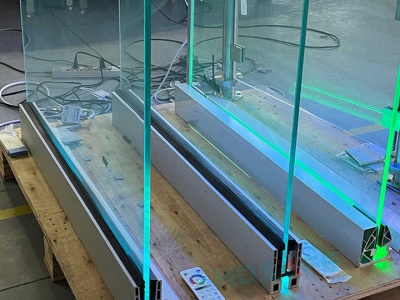
 May 28,2025
May 28,2025 
